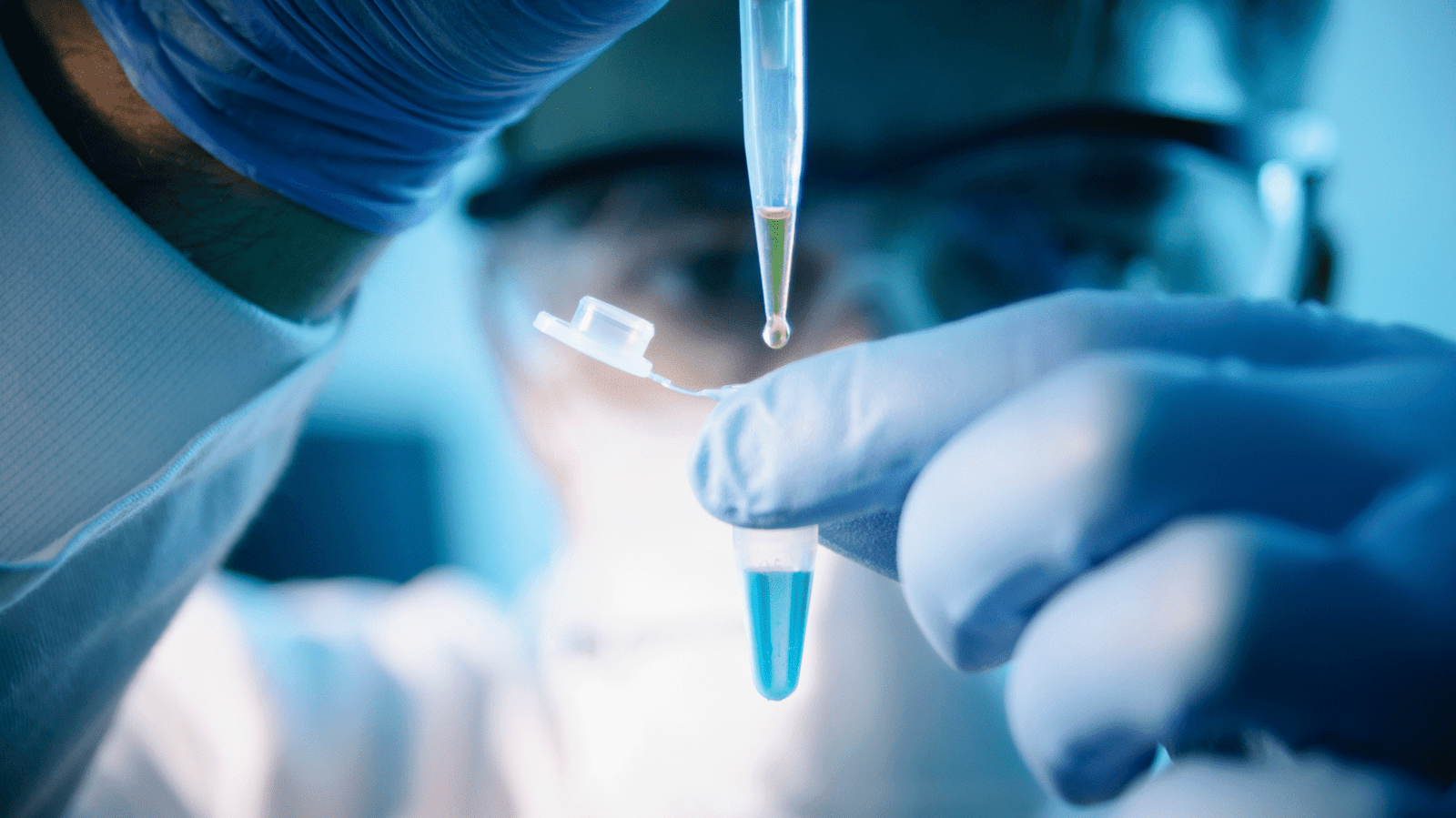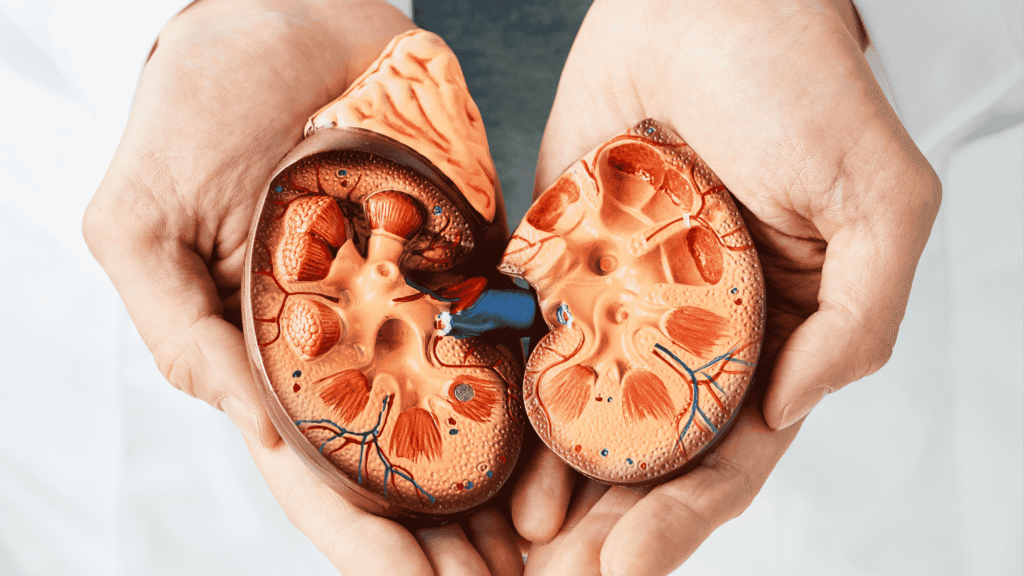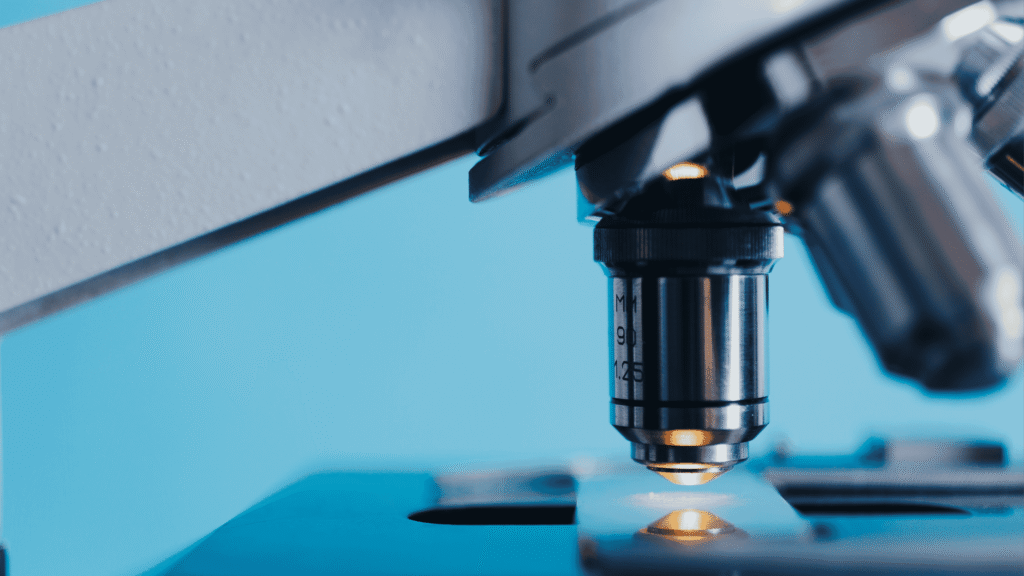A groundbreaking new study suggests that earwax may offer a powerful biomarker for the early detection of Parkinson’s disease—potentially years before symptoms appear. Researchers found that AI-powered analysis of odor molecules in earwax could accurately distinguish between healthy individuals and those in the early stages of the neurodegenerative disorder.
Parkinson’s Disease: The Silent Onset
Parkinson’s disease is a progressive neurological condition that affects movement, cognition, and mood. It currently impacts more than 10 million people globally, with no definitive diagnostic test available during its early phase.
Traditionally, diagnosis relies on:
- Observing physical symptoms (tremors, stiffness, slowness)
- Neurological evaluations after symptoms are present
- Imaging scans in advanced stages
This new non-invasive testing method using earwax samples could offer a game-changing alternative.
How the Earwax Test Works
The study, conducted by scientists in South Korea, used advanced gas chromatography–mass spectrometry (GC-MS) combined with AI algorithms to detect subtle changes in the chemical composition of earwax.
Key findings:
- The test showed over 94% accuracy in distinguishing Parkinson’s patients from healthy controls.
- It can identify early-stage cases before visible symptoms emerge.
- It requires only a small earwax sample, collected painlessly.
“Earwax contains a rich mix of biomarkers, and it’s an untapped resource for disease detection,” said lead researcher Dr. Kwon-Ho Lee.
What This Means for the Future of Diagnosis
If validated through larger clinical trials, this test could:
- Allow for routine screening of at-risk individuals
- Enable earlier treatment interventions, potentially slowing disease progression
- Reduce the need for costly brain imaging and invasive diagnostic tools
The research community sees it as part of a larger shift toward biofluid-based diagnostics, using materials like sweat, saliva, and now earwax.
Key Takeaways:
- Earwax analysis using AI could become a powerful tool for early Parkinson’s detection.
- The method offers over 94% diagnostic accuracy and is completely non-invasive.
- The test represents a leap forward in AI-driven, personalized neurology diagnostics.
- Further trials are needed before the method reaches clinical use.
Source: New York Post – Earwax Could Offer Clues of Early Parkinson’s Disease, New Study Suggests





